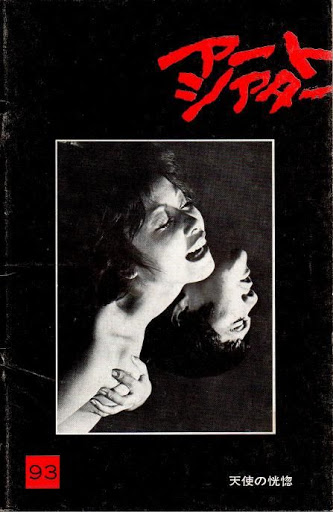
Ecstasy of the Angels in dub. There's even "shit that blows up!" for all the bro's....
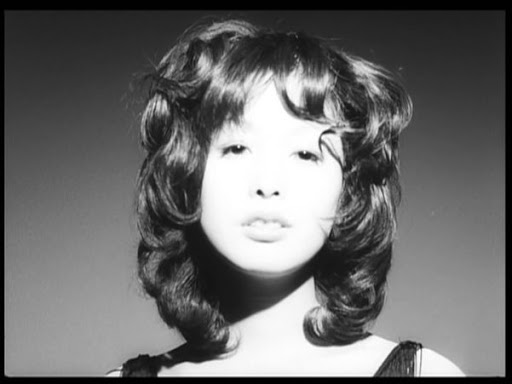
From Donato Totaro at Hors Champ:
Koji Wakamatsu is one of the more important directors to have worked in the pink film (pinku eiga), a genre of softcore, dramatically charged films which were dominant on the Japanese domestic scene in the 1960’s and 1970’s (the roman porn were a more radical and explicit subset of the pink film). The Japanese studios who produced these films, including Nikkatsu, were reluctant to distribute these films abroad, for fear of the sort of image the films would project of Japan. Seeing these films today one must conclude that it was not the more obvious sexual display that worried the Japanese, but the radical anarchist politics of the films, perhaps above all else, often compounded by violent sadomasochism, and the undercurrent of misogyny.
For this is what strikes one the most when watching the excellent recent DVD release of Wakamatsu’s Ecstasy Of The Angels. The film is a Japanese New Wave politico-anarchist fable with thin-bare plot that revolves around a group of young terrorists who call themselves by the names of the week and their organization by the name of months (the Four Seasons Association). The two months which represent this film’s political action are October, named after this troupe’s leader, and February. These two months are no doubt an homage to the Russian revolution, which was split in two. February 1917 marked the first revolution where the Tsarist government was overturned, and October 1917 marked the second revolution where the Communist Bolshevik Party overthrew Kerensky’s Provisional Government. There is no sense of successful operation or revolution in this film, however, or a similar sense of a tightly organized outfit. Instead the anarchists yell and scream at each ther, have sex at the drop of a hat, or sit around dourly in a cabaret listening to a female torch singer.

The Four Seasons Association led by their 'blind' leader October
The only bit of conventional plot action occurs early on when the group break into an underground US military base and steal some weapons. The sign over the door reads “Weapons Wearhouse!” The success is shortlived as American soldiers meet them outside the tunnel and engage them in gunfire. Three members are killed (Tuesday, Wednesday and Thursday) and one, October, is blinded by the gunfire.
The group is disbanded into other cells, but decide to go at it alone when they learn that they were set up by the Association. A couple from the surviving group hold out in an apartment, where they have stashed the weapons. They are soon visited by a competing terrorist outfit who tell them that the “Fall plan” is over and the “Winter one” is in effect. This is the film’s first truly impressive setpiece. The intruders, led by a dark-glassed, leather jacketed sadist are ruthlessly efficient militants. They begin by trying to beat the whereabouts of the weapons out of the man. When the beating doesn’t prove successful the dark-glassed leader of the “Winter” group sticks a pen into the woman’s thigh and keeps pressing and twisting until she faints. He then tells one of his men to rape the woman until she talks. The beaten man staggers over to the woman, pushes the rapist off, and tells them where the weapons are stashed (under their floorboard).
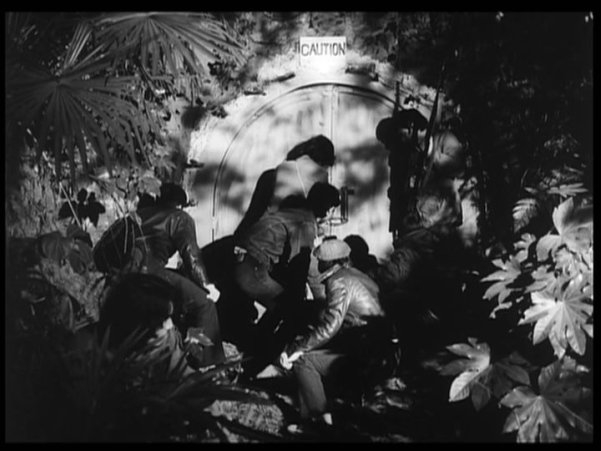
Although the film periodically shifts to color, this scene is in B/W, which gives the violence more of a performance art feel, with the dark, thick liquid smeared along the walls and across the victims lips, nose, and face.
The shifts from B/W to color may in fact be a hommage to Lindsay Anderson’s anarchist classic of 1969 If, which is infamous for its arbitrary shifting between color and black and white film stock.
From this point on the film alternates between scenes of sex ennui, cabaret ennui (2 scenes, the opening and one near the end) and heightened scenes of tension between the remaining group members. Although the film has much in common with Wakamatsu’s contemporary Seijun Suzuki, another pink film expert, it feels Godardian in that there is an affinity for the political ideals of the central protagonists, but also a comical awareness of the fallibility of any such insular political movement. Rather than ideological banter, the anarchists sit around spouting coded dialogue that means nothing to the audience (all the actions, characters, political projects are referred to by the names of days, months, and seasons). Tellingly, one of the leaders, October, is now blind, another member is deaf, a third is a woman whose sole function seems to be sexual, and a fourth is an eager yet niave student-type who represses his sexuality at every turn. In one scene he is particularly struggling with the political cell's breakdown and his own insecurities and self-doubts. This sense of identity crisis is played out against the backdrop of cheap sexuality. During the young activists moment of doubt another member enters the apartment with two hookers and begins a pornographic photo shoot. He asks the young man to strip down and join the photo shoot. As one of the women is about to perform fellatio his unease takes over and he refuses the advances.
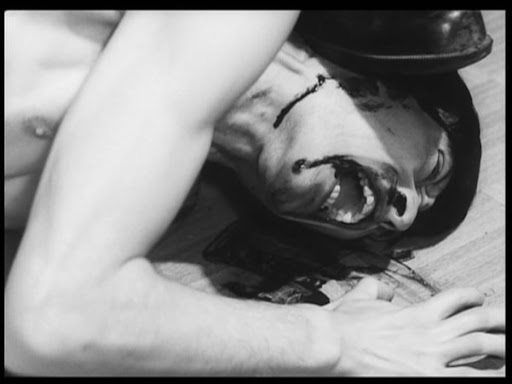
As David Desser notes, “A contract director for Niikatsu, he [Wakamatsu Koji] directed twenty films in a two-year period, 1963-65. What turned out to be his last film for the company [Secret Act Inside Walls, 1965] found Wakamatsu entering the area pioneered by Imamura Shohei and becoming a growing concern for Oshima, the connections between sexuality, identity, and politics.” (Eros plus Massacre: An Introduction to the Japanese New Wave Cinema, Bloomington and Indianapolis: Indiana University Press, 1988, p. 99).
The film’s visual style is low-tech expressionism achieved with stark lighting, and static long takes with deep focus for interior scenes, mixed with exterior shots of moving hand held camera. The opening scene at the cabaret which introduces the four characters of the ultra-left paramilitary group the Four Seasons Association, establishes the film’s off-kilter tone. A woman sings on stage while at a table sits a disinterested group of three men and a woman. Wakamatsu cuts from CUs of the singer to high angle establishing shots of the bar, then to a medium shot of the table which is then punctuated by a slow dolly in to one of the seated men. All the signs, especially the repeated slow dolly in shots, suggest the portence of violence. We may even think we are in a Yakuza film, and half expect the quiet to be interrupted by a burst of violence. But nothing happens.

By contrast, in the earlier described setpiece a romantic liason between a couple is interrupted by a knock on the door which leads to an eruption of violence. The rash act of violence conditions the audience to expect the unexpected, and at two other points in the film there is a door knock which causes us unease. The film ends with an interesting montage of the remaining militants turned flat-out anarchists planting bombs all across Tokyo in a last ditch political act of desparation before they are all wiped out by their enemies. The final credit scene runs over a hand held long take following October from behind as he makes his way through a crowded Tokyo street.
As an additional note, this film clearly influenced the later Japanese film Kichiku by Kazuyoshi Kumakiri (1997), another film which follows the disintegration of a young political-terrorist group that employs extreme violence, paranoia, and casual sex. Kichiku is actually set during the time frame of Ecstacy of the Angels’ production, the early 1970s, and both films are in effect a product of or reflection on the radical left-wing student scene in Japan circa that time period. The DVD presents the film in an excellent widescreen transfer with a clean, crisp black and white and rich, saturated colors for the few scenes in color.
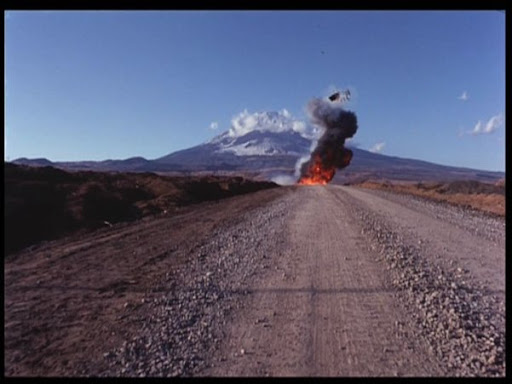
Technical Information:
Title: 天使の恍惚/Tenshi no kôkotsu/Angelic Orgasm/Ecstacy of the Angels
Year: 1972
Country: Japan
Director: Kôji Wakamatsu
Source: Retail DVD5
DVD Format: NTSC
Container: .iso + mds
Size: 4.08 GB
Length: 1:28:51
Programs used: ImgBurn
Resolution: 720x480
Aspect Ratio: 4:3
Video: MPEG2 @ ~5800 kb/s
Frame Rate: 29.97 fps
Audio: Japanese- Dolby AC3 @ 448 kb/s
Subtitles: English
Menu: Yes
Video: Untouched
DVD Extras: Wakamatsu interview (Japanese only)

(Use JDownloader to speed up downloading and avoid file stalls.)
天使の恍惚 Megaupload Links


